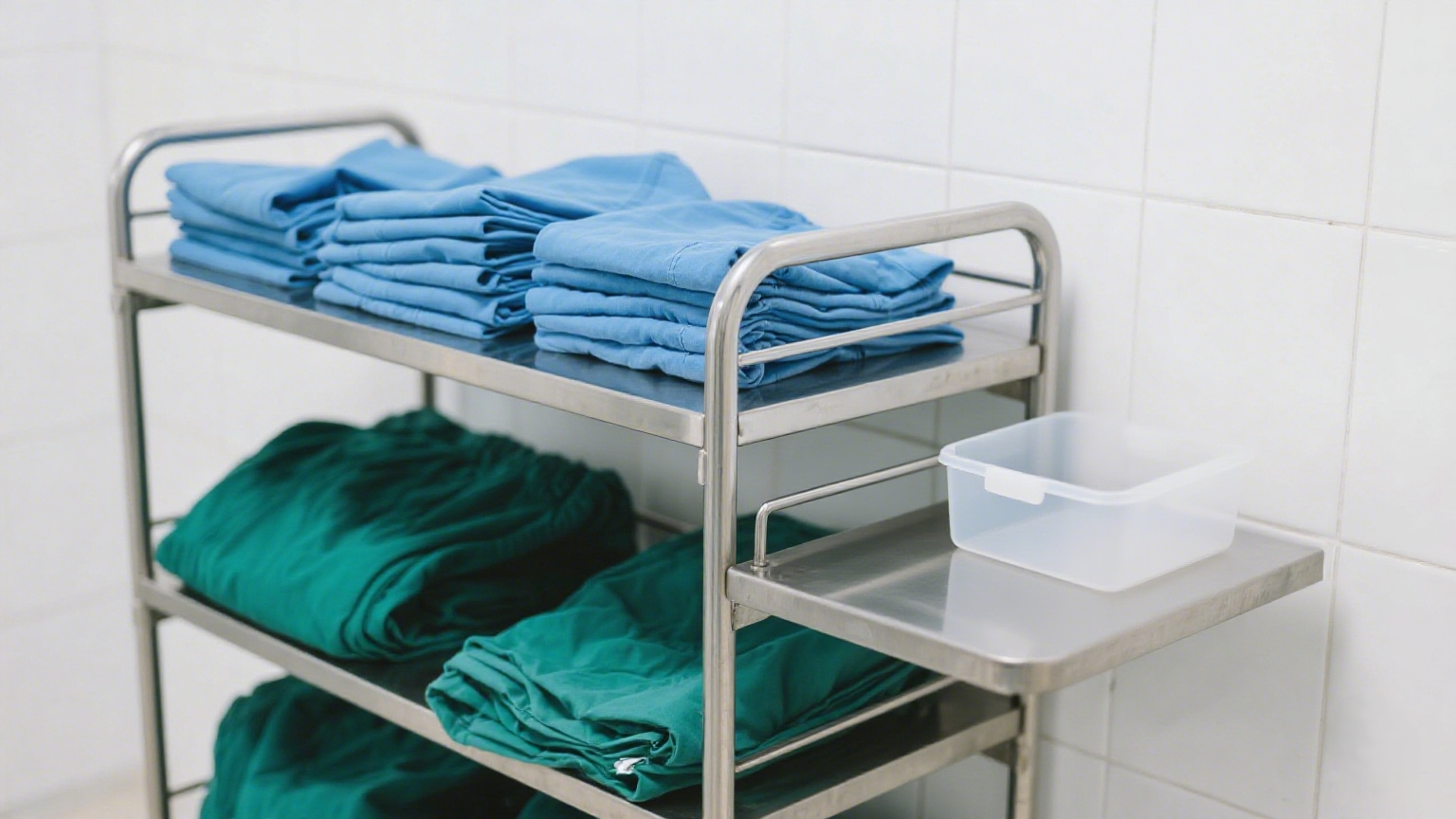In the linen laundry industry, the medical linen laundry is the key to preventing nosocomial infections. Medical linen is often contaminated with drug stains, blood stains, human excreta, pathogenic microorganisms, and other contaminants. If the washing is improper and the disinfection is incomplete, it will easily trigger cross-infection and pose a threat to the patients’ lives and health. As a result, the medical linen laundry enterprises must ensure the hygiene of the linen and eliminate the spread of pathogenic bacteria.
Water Quality
Water quality has an obvious impact on the washing effects. Especially hard water, the minerals in it can damage the linen, make white clothes turn gray or yellow, destroy the fibers and color, and cause the linen to become hard. In addition, the minerals in hard water catalyze bleach, reduce the color fastness of linen, and cause damage to the linen in severe cases. In medical linen washing, the quality of the washing water must be tested. When the hardness is high, the water should be softened. Choosing proper water softening equipment to make sure the softened water matches the washing water can improve the washing quality and extend the service life of the equipment.
Precise Sorting
Sorting is an important step in medical linen washing. They are usually classified into four categories.
● medical white coats, work clothes, and on-duty linen.
● The second category is the linen for general wards.
● The third category is contaminated linen, such as that stained with blood, dirt, urine, feces, etc.
● The fourth category is infectious linen, which is linen from infectious disease hospitals or wards of infectious disease departments.
After sorting, the contaminated linen and infectious linen should be pre-washed at a low temperature to remove large particle stains and stains based on mutable proteins. Special attention should be paid to the fact that different types of linen should be washed in separate washing machines to avoid cross-infection. Sorting should be done in a special zone, and the environment should be clean, tidy, and orderly.
Sterilization and Disinfection
High temperature, dry heat, and chemical disinfectants are common sterilization and disinfection methods for medical linens. In daily washing, these methods should be used reasonably. Soaking linen in chlorine-containing bleach for 25 minutes can achieve a chemical disinfection effect. If the medical linen is washed at a temperature above 80℃ for 10 to 25 minutes, then dried at high temperature and ironed, it can meet the sterilization and disinfection standards set by the Ministry of Health. Hospitals can use the linen with confidence.
Conclusion
Standardizing the medical linen laundry is an important link for preventing infections in the hospital. By strict water quality inspection, precise sorting, strengthened sterilization and disinfection process, and strict laundry process, the cross-infection and the spread of the pathogenic microorganisms can be effectively prevented. The global operators in the linen laundry industry should pay high attention to these links, ensure the cleanliness and hygiene of the linen they provide, and eliminate the carrying of pathogenic bacteria. Complete quality management system, good detergents, and compliant storage and transportation can further improve the overall management level of the enterprise and ensure the hygiene of the medical linen.
Post time: Jul-30-2025


